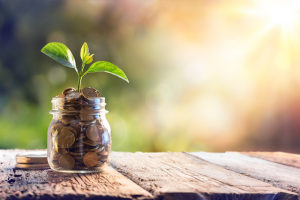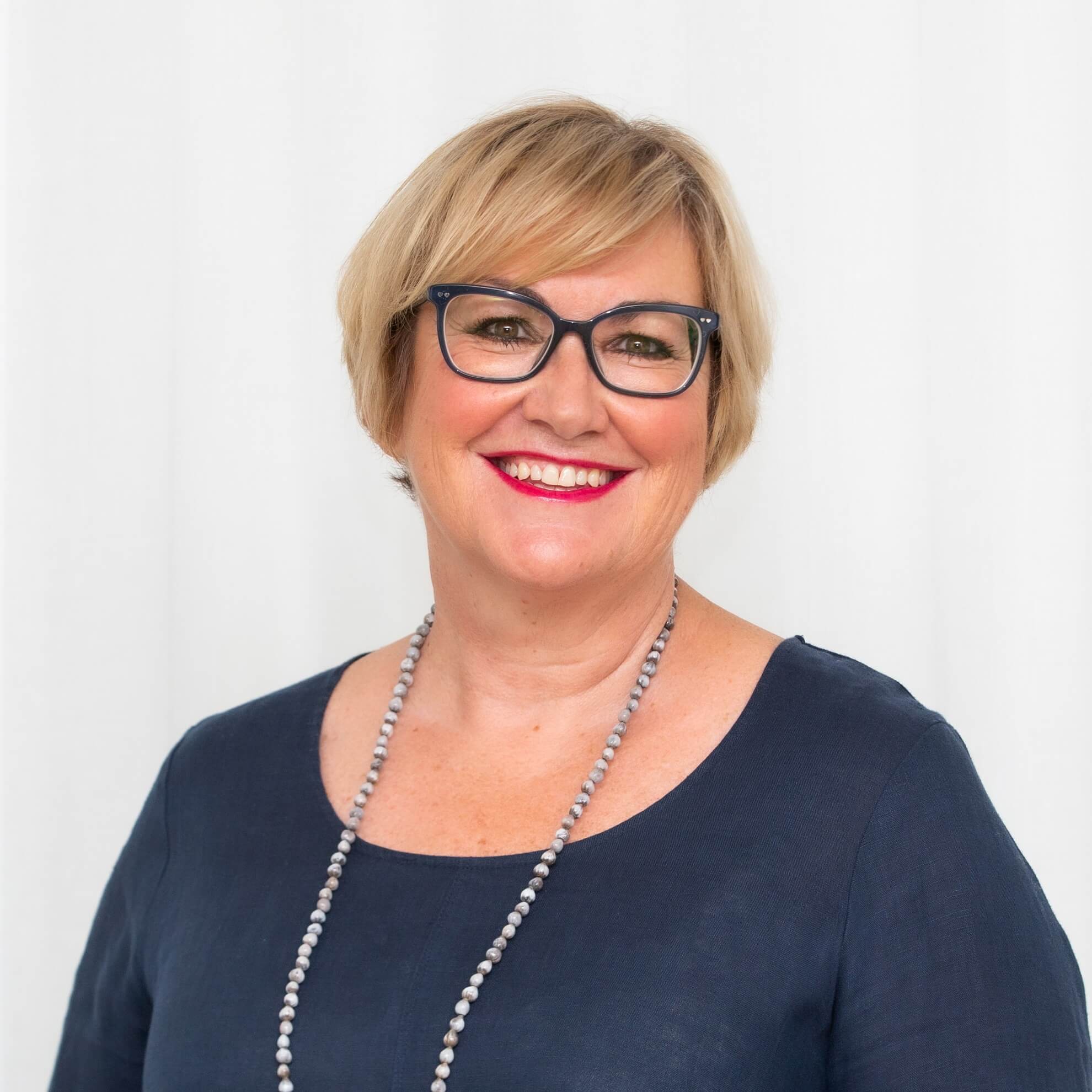 In these uncertain times, it pays to have money set aside to give you peace of mind that if your income drops, you still have ample funds to pay for your everyday expenses until you get back on your feet again.
In these uncertain times, it pays to have money set aside to give you peace of mind that if your income drops, you still have ample funds to pay for your everyday expenses until you get back on your feet again.
A good rule of thumb is to have enough money for three months of expenses in your emergency account. The amount you set aside, however, will depend on your circumstances.
The Henderson Poverty Line, the amount of money you need to get by each week, including how much you need to keep a roof over your head, is a good place to start to figure out how much you need to cover the basics in the event of an emergency. This is a benchmark that was first developed in 1973, which is now widely considered to be the benchmark for the disposable income Australians need to support themselves. Its figures show:
- Single people need $542.92 a week
- Couples need $726.27 a week
- A family of four needs $1019.70 a week
These figures are a guide only, and your expenses are likely to be higher, so it’s worth looking at your actual expenses to figure out how much to set aside. You can do this by:
- Figuring out the amount of money you have spent by reviewing your transactions in online banking across a three-month period.
- Dividing up costs into buckets like food, rent or mortgage payments, other loan repayments, transport and car costs, health and insurance premiums and energy and phone bills.
Once you know how much you’ve spent on these basic expenses you can work out how much you need to save in your emergency fund. It’s a good idea to add a contingency amount over and above this amount in case other expenses arise.
Safe keeping
Now you’ve figured out how much to save in your emergency fund, it’s time to decide where to store these funds. Here are some options:
- Mortgage offset account or redraw facility: storing your emergency funds in an account linked to your mortgage helps reduce the interest you pay and the time it will take to pay off your mortgage.
- High interest savings account: this is an option if you rent and can help to add to your emergency funds over time as you will earn interest on the money. Look for an account that pays extra interest if you don’t make withdrawals.
When to access your money
Once you’ve saved up your emergency money, it’s useful to put in place some guidelines about when to spend it. This is important as everyone has different ideas about what constitutes an emergency, depending on their views, as well as their level of wealth. Here are some ideas:
- If you lose your job and need funds to pay for your mortgage or rent.
- If you suffer a health emergency or need urgent dental work and need money to pay for treatment.
- If your car needs urgent repairs that are not covered by car insurance.
- If a family member falls ill or suffers an accident and you need to take time off work to look after them.
If you decide to dip into your emergency savings for one of these or another reason, the idea is to spend the money on daily living expenses like food and bills. Emergency money isn’t usually for play money or for entertainment purposes. You can always set aside another pot of money for this purpose.
Emergency funds are a great way to give you a sense of financial confidence and the sense you will be able to meet your obligations through life’s ups and downs.
To talk about your your options for an emergency fund book a time to chat here and we’ll talk about what’s best for you.
Source: BT
